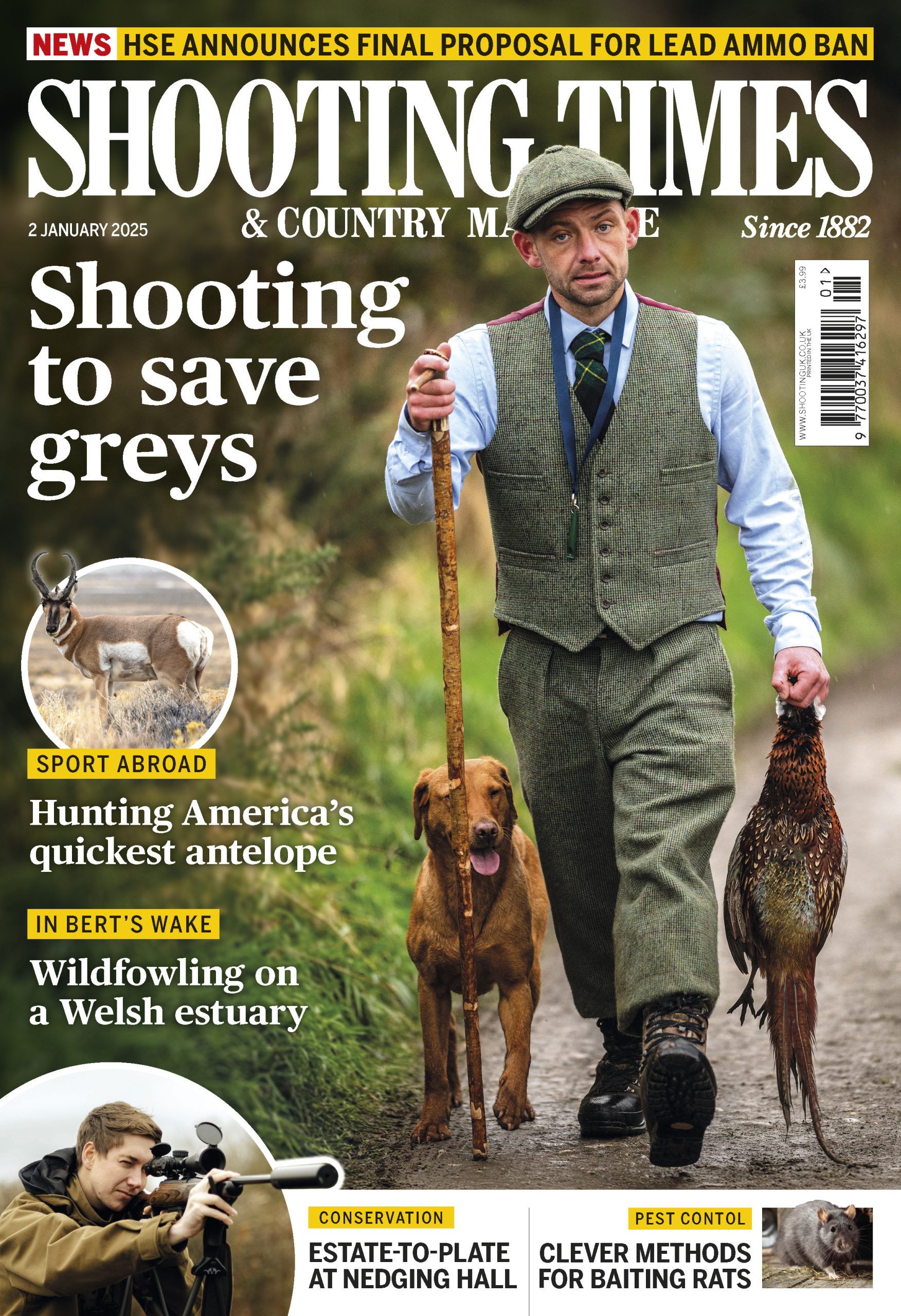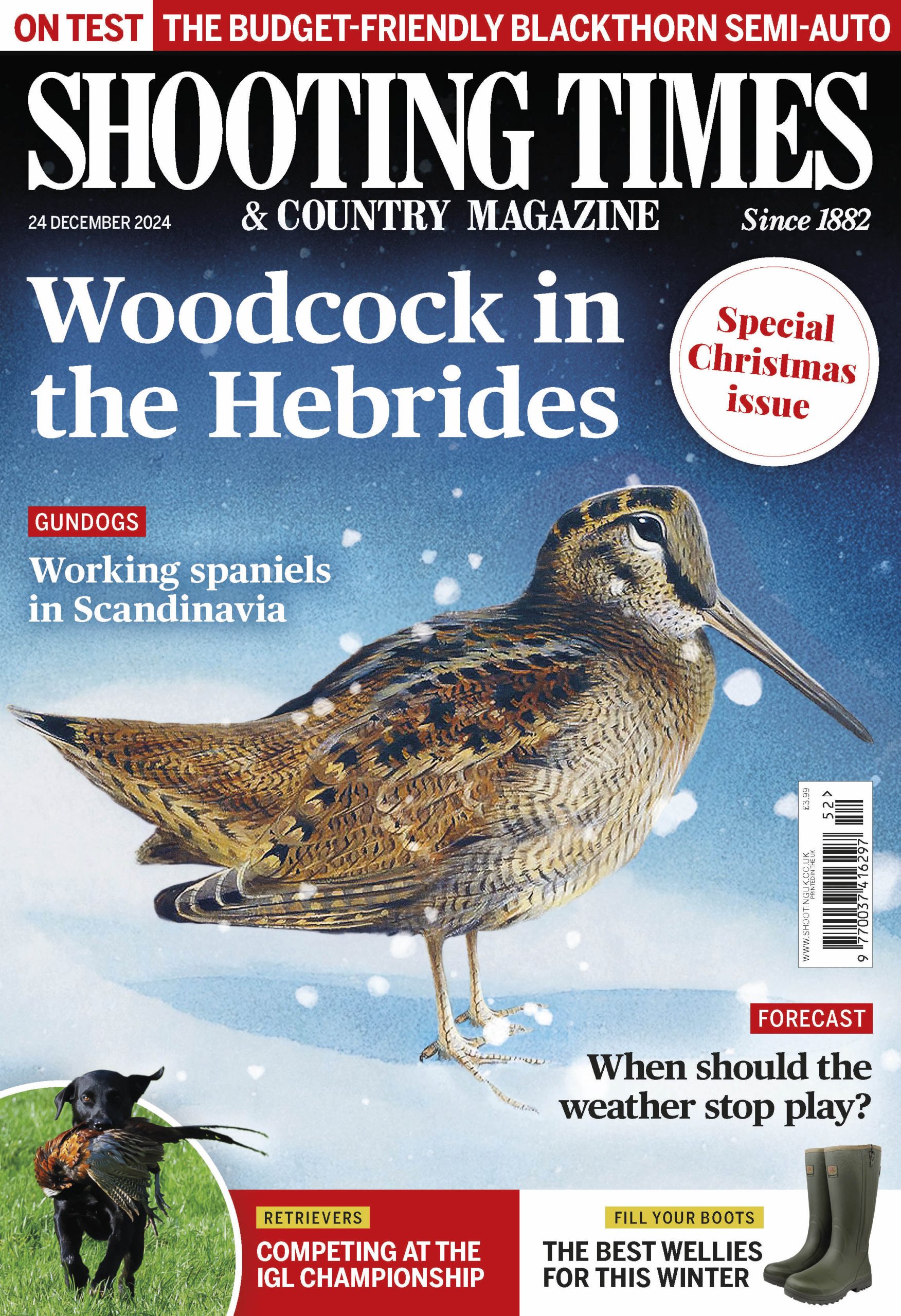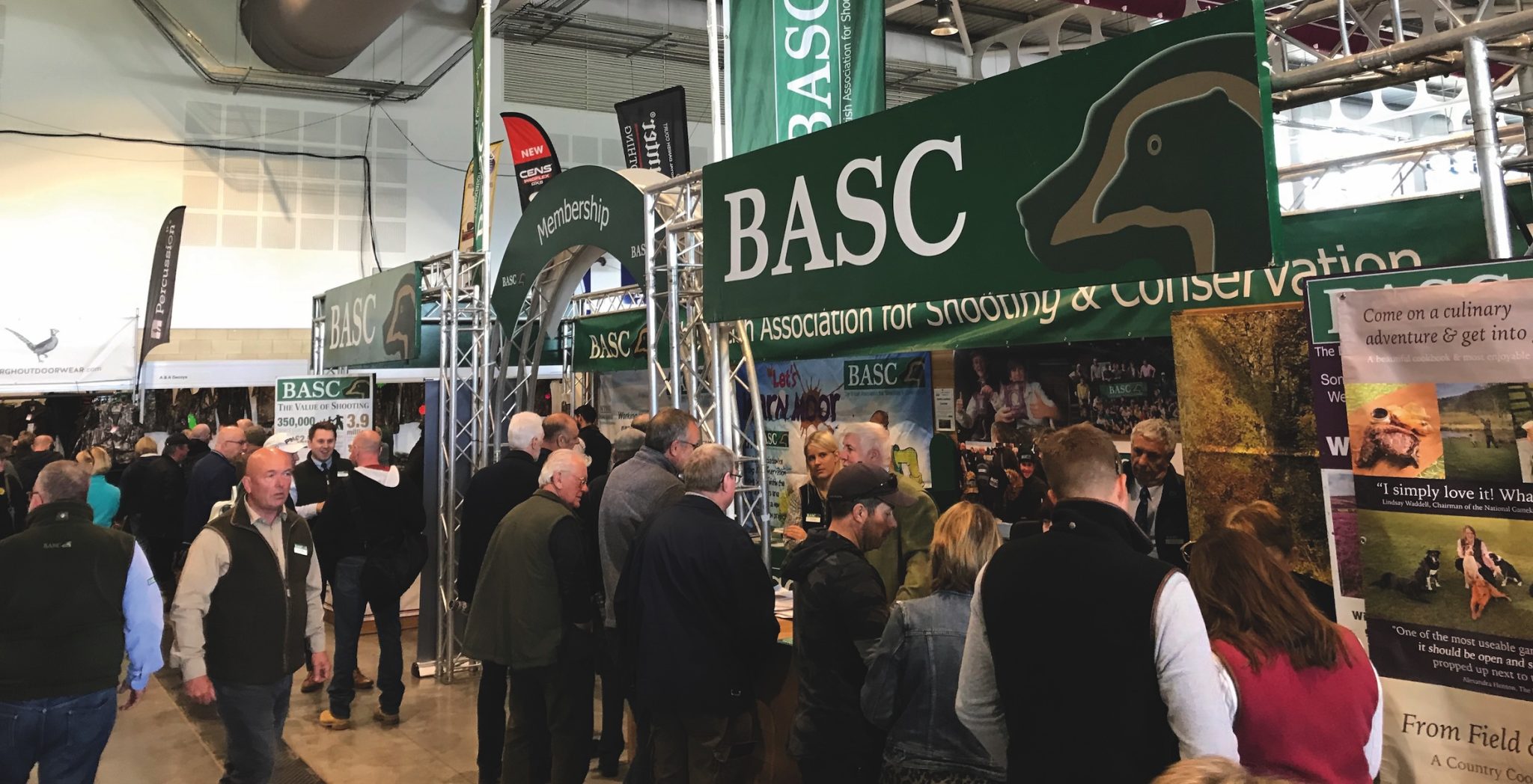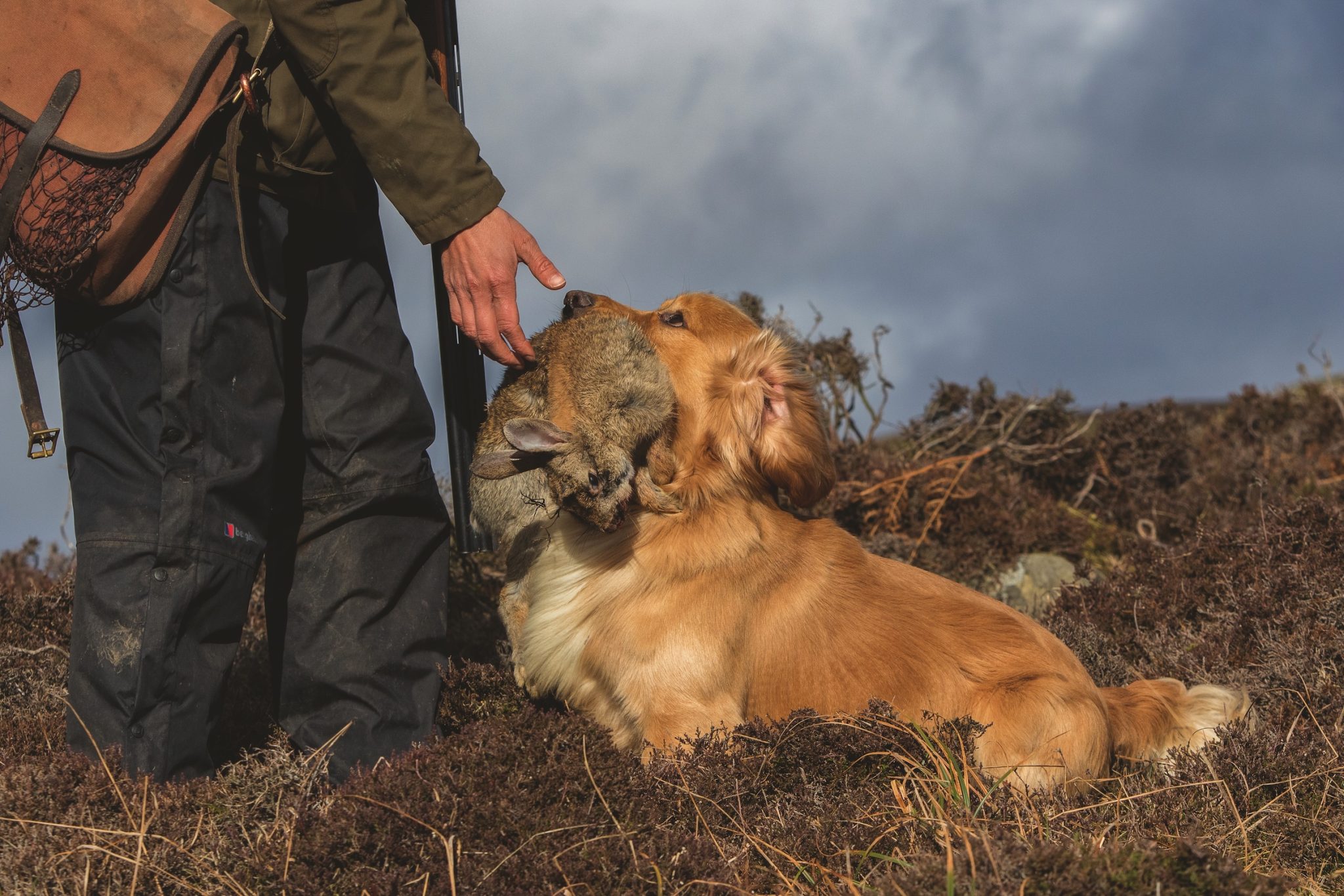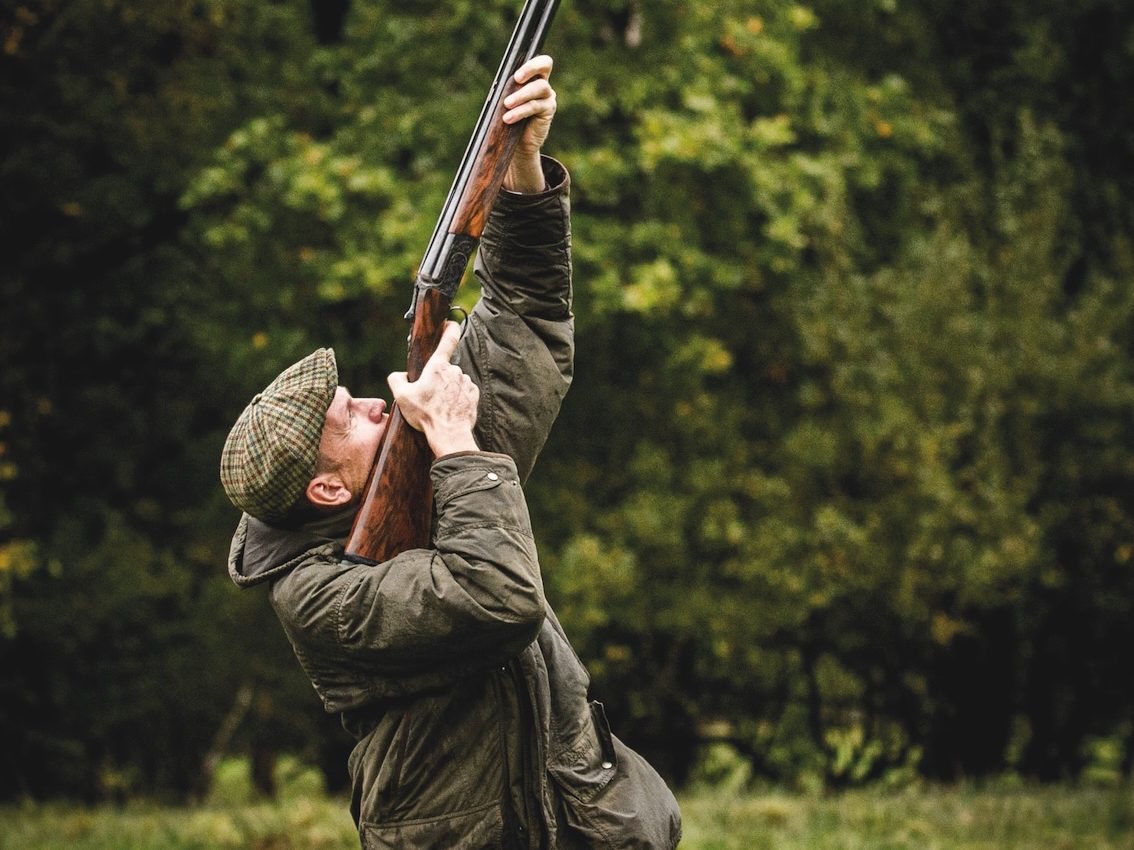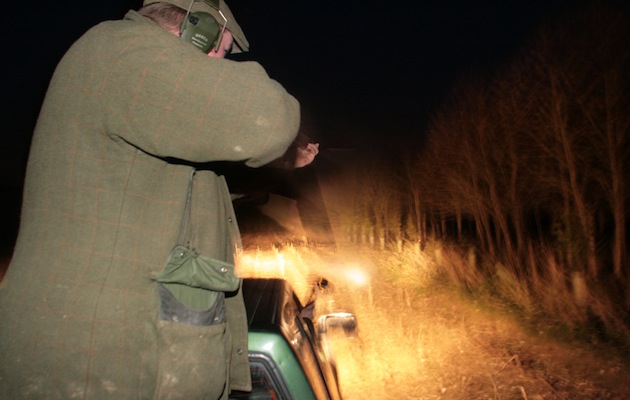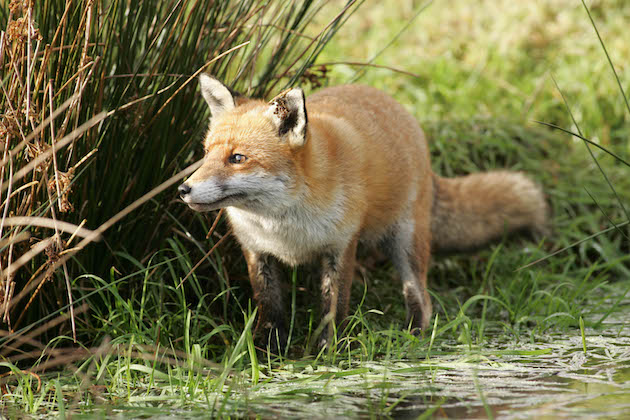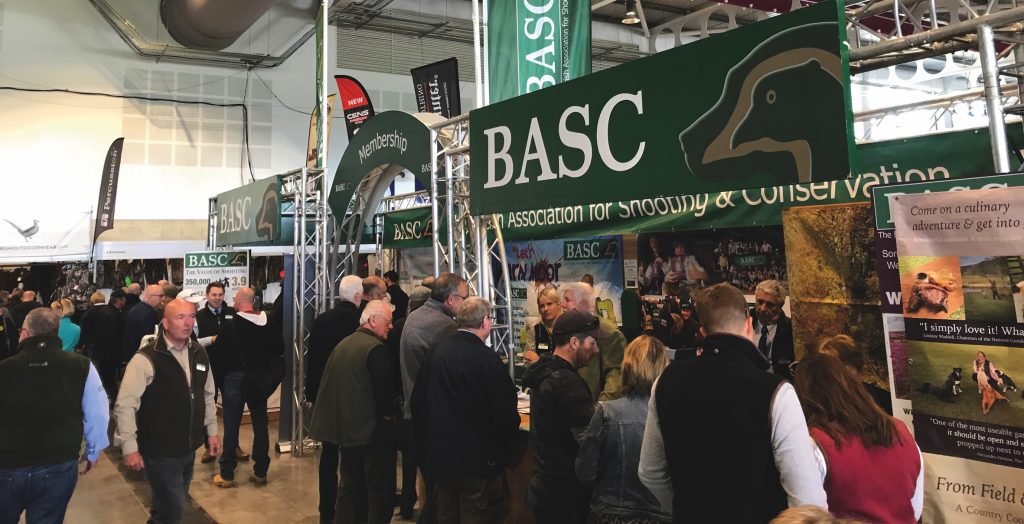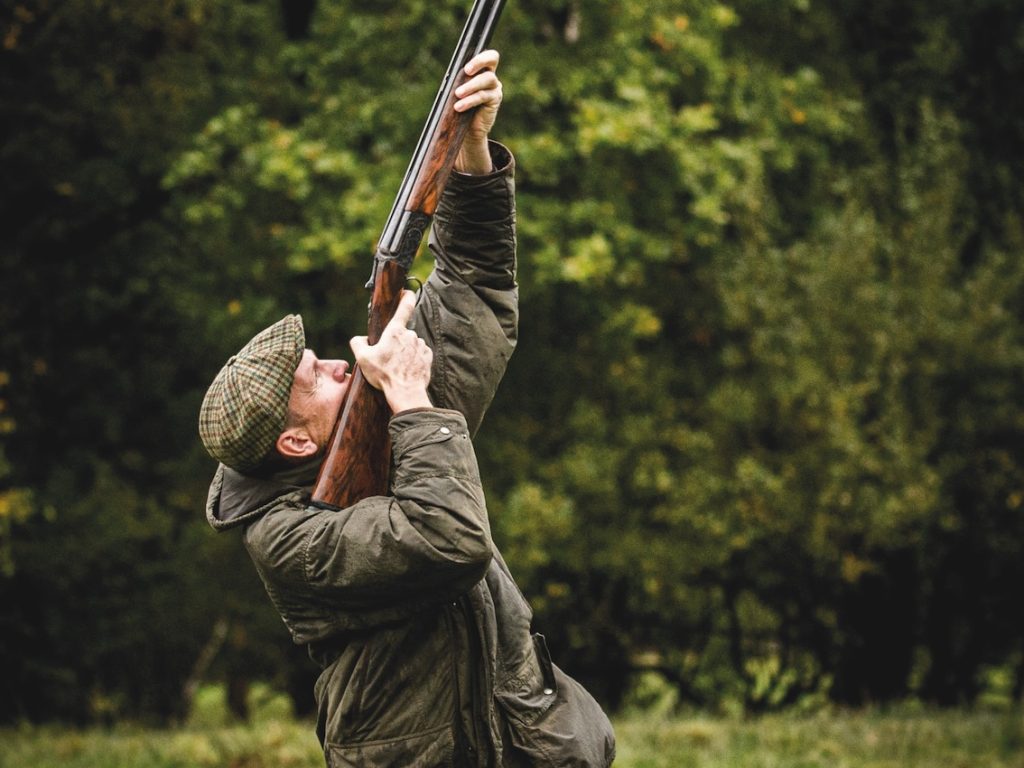Wise keepers make life as difficult as possible for those pheasant pen predators intent on finding a tasty meal. Birds…
Win CENS ProFlex DX5 earplugs worth £1,149 – enter here
How can shoots keep their birds safe from predators?
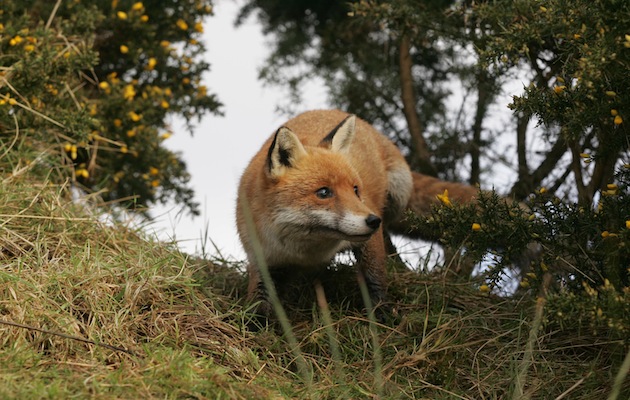
It would be a mistake to think that shoots that don’t hatch and rear their own birds have nothing to do from early February until mid- July, when their poults turn up. There is plenty for the full-time lads to do — arguably more for those running shoots part-time and DIY syndicates, who will probably have less infrastructure, a smaller budget and less time to fit it all in.
Predator control has to be top of the list
Carrying out a structured trapping, snaring or lamping programme now will help the poults later on. But more importantly, it will give the birds left over from last season a better chance of bringing up broods of their own. I know tunnel trapping can be time-consuming, but a few well-placed tunnels will help. Even those set in woodland and around release areas — which will probably catch more squirrels and rats than anything else — will entrap a stoat or weasel.
If I didn’t have time to run a proper trap-line I’d still set the Larsen, have a few snares out and keep up the lamping. Lamping is easy to fit in during early spring, when it is dark by 7pm, but it does get harder, especially if you have to be up for work the next day, when the clocks go forward and the days start drawing out.
An alternative to lamping is sitting out. Sitting out doesn’t necessarily have to mean on a high seat — it is sometimes better to be a bit mobile so that if a fox does show up in an unexpected place, it is easier for you to move position to take the shot. Local knowledge is key. We have places foxes use as crossing points, and rides in the bigger blocks of woodland that they travel on a fairly regular basis.
Over the years, it has become lot easier for us to decide where to sit if we think we have a fox working a particular area, but that has come through trial and error. The more sitting out you do, the better your success rate will be, but obviously only until you really start to get on top of them. The fewer you have left on the ground, the harder it is going to be to catch up with the last ones.
The list of things that will have a go at a gamecrop is quite long
Keeping an eye on gamecrops and covercrops can fit in perfectly with a trap round. Early morning and late evening are ideal times to have a look over your crops and see how they are growing and, more importantly, spot if anything is eating them.
Slugs and wireworms will hollow out the seeds and eat the shoots before they appear. Rabbits, hares and deer — especially fallow, which tend to move about in bigger gangs — will eat the shoots off at ground level as soon as they appear and will need controlling or fencing out. Fencing, even if it is only a temporary electric one, will keep hares off if you don’t want to shoot them.
It is also useful if you have rabbits coming on to a crop from a specific direction, which is either unsafe to shoot or a large area such as a wood that makes it difficult to pin them down in one spot if you’re lamping. Deer can’t be fenced out, but can be discouraged and shot when in season. Pigeon only bother with kale and usually leave the other crops alone. Bangers and scarecrows will work, but not as well as a man with a gun.
Keeping an eye on the crop isn’t limited to damage done by pests either. Noting leaf colour and growth rates should tell you how well your plants are doing and give you enough time to add a feed, top-dress the crop with nitrogen or spray it with a post-emergence herbicide if it starts to get choked by weeds.
Habitat management is ongoing, but as the year draws on, there tends to be less general management of the woods themselves. This is usually for two reasons. The first is a reluctance on the part of the shoot owners to disturb nesting birds; the the second is the simple fact that it’s easier to thin trees and extend rides when there is less leaf. However, late spring and early summer are ideal times for a bit of local management in and around the pens and main release areas.
More attractive to pheasants
If the pen fence is being replaced or a side is being extended, it makes the felling, removal of overhanging branches and subsequent tidying up much easier. A sunny ride can become dark and uninviting surprisingly quickly. Fortunately, it takes very little to open it out and make it more attractive to pheasants.
Dark rides can be used to your advantage. If there is a particular direction in which you want your birds to go when they start getting out, open up the rides on that side of the pen so they pull towards the light. Leave the rides on the less-favoured side dark and gloomy. The birds will pull to the more open side and hopefully start to head in the direction you want them to go.
However, don’t overdo the thinning. The wood will still need to hold birds come the autumn and it is easy to do too much now, open them up to let the light in and end up with a cold, draughty wood that holds little. It won’t be a problem in a bigger block of woodland, but is worth bearing in mind if your woods are on the small side.
Subscribe to Shooting Times to have all the latest news delivered to you.
Related Articles
Get the latest news delivered direct to your door
Subscribe to Shooting Times & Country
Discover the ultimate companion for field sports enthusiasts with Shooting Times & Country Magazine, the UK’s leading weekly publication that has been at the forefront of shooting culture since 1882. Subscribers gain access to expert tips, comprehensive gear reviews, seasonal advice and a vibrant community of like-minded shooters.
Save on shop price when you subscribe with weekly issues featuring in-depth articles on gundog training, exclusive member offers and access to the digital back issue library. A Shooting Times & Country subscription is more than a magazine, don’t just read about the countryside; immerse yourself in its most authoritative and engaging publication.
